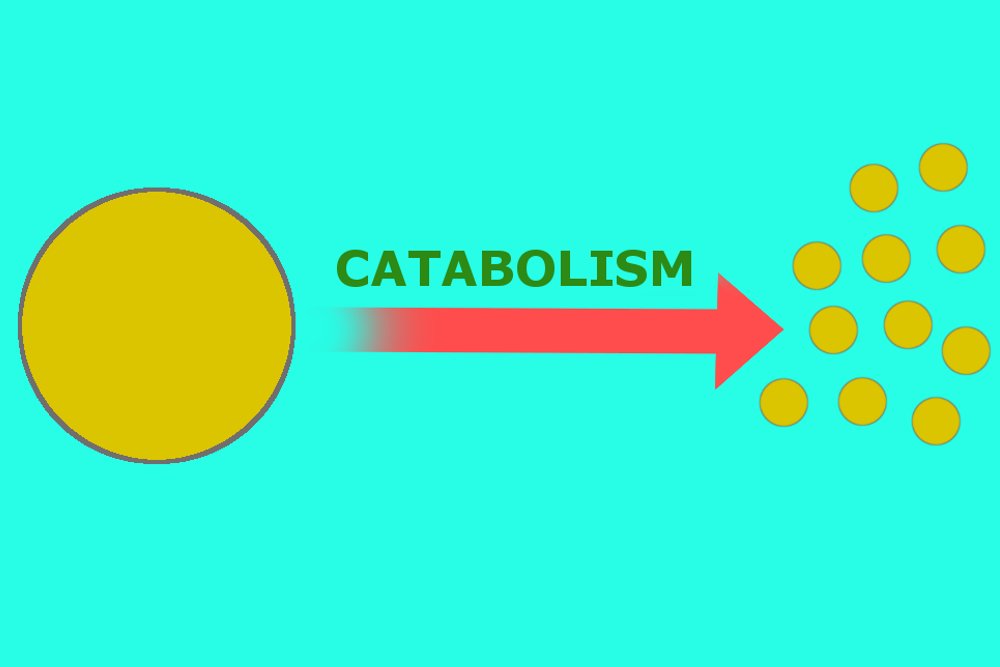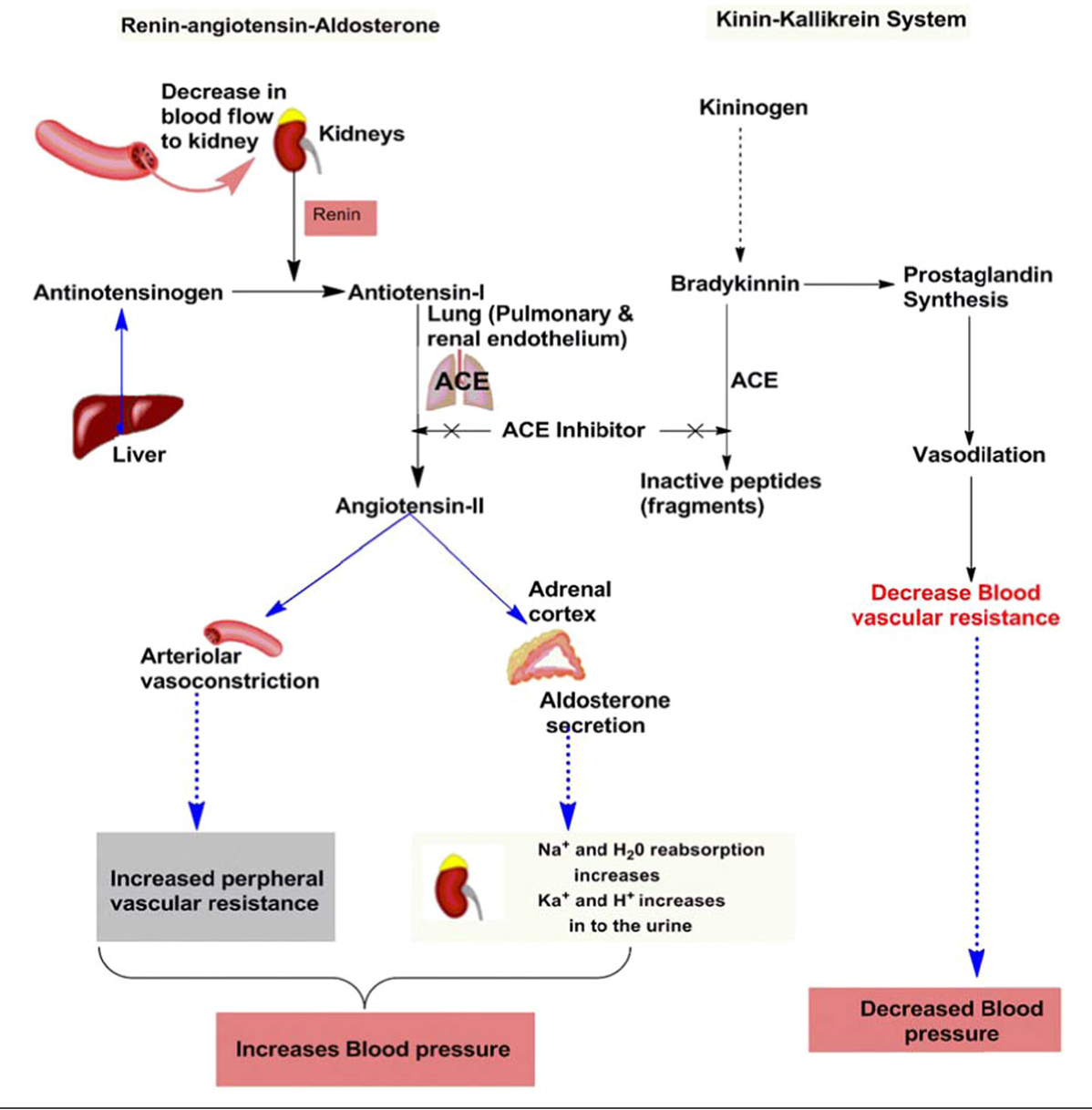



2Department of Surgery, Faculty of Medicine, Universitat Autònoma Barcelona, Bellaterra, Spain.1Department of Orthopedic Surgery and Traumatology, Hospital Universitari Germans Trias i Pujol, Barcelona, Spain.Hernández-Hermoso 1,2 * † Lexa Nescolarde 3 † Emma Roca 4 Elena Revuelta-López 5 Jordi Ara 6,7 Antoni Bayes-Genis 5,6,8 Study of expression of vascular endothelial growth factor in granulation tissue of burn wound and post-burn hypertrophic scar at excessive stagesīEN Xiao-song LI Tian-zeng QI Shao-hai et al.José A.
Collagen catabolism skin#
L-hydroxyproline changes in rats' skin induced by ultraviolet C irradiation XIAO Yong-jiu ZHU Yun-kui LI Ji-dong et al.Įffect of Dexamethasone on Bleomycin-induced Pulmonary Fibrosis in RatsĮffect of Cigarette Smoke Extract on Cell Biological Activities and Collagen Synthesis of Primary Culture of Skin Fibroblast Reconstruction of Tissue Engineered 3D Bronchial Model in Vitro LIU Min, WU Xian-ping, TONG Min, WU Xi-yu, ZHOU Jin-ping.Įffect of Ultra-early Hyperbaric Oxygenation on Bone Calcium, Biomechanical Properties and Bone Collagen of Femur in Rats with Complete Spinal Cord Transection InjuryĬardiac Remodeling in Apolipoprotein E-deficient Mice with Cholesterol-fed Key words: hypertrophic scar, collagen, catabolism degradation ②Accelerating the apotosis of fibroblast and catabolism of collagen might be an easy and rapid way for prevention and treatment of hypertrophic scar. Conclusion: ①The delay of apotosis of fibroblast, the wrapping of collagen by Ch-4-S, the reduction of collagenase in quantity and activity together made the abolition of collagen decreased and might be primary for the formation of hypertrophic scar. The fibroblast in hypertrophic scar was rich and active, but its proliferation was not elevated and apotosis was delayed. It positively related with the expression of TIMP and negatively related with the apototic phenomena in hypertrophic scar. ⑦The expression of TGF-β increased significantly. ⑤Ch-4-S increased significantly in hypertrophic scar, it wrapped up the collagen fibrils and blocked its contact with and avoided its catabolism by MMP-1.TIMP increased in hypertrophic scar and depressed the activity of MMP-1. ④The expression of MMP-1 Mrna increased a little in hypertrophic scar, but MMP-1 in the scar really decreased in quantity and activity. ③The collagenase MMP-1 could destroy the collagen after local injection into the hypertrophic scar, it was proved by light and electromicroscope. ②The synthesis of collagen in hypertrophic scar increased a little, but it's degradation decreased much more. Result:①The hypertrophic scar grew up very slow but might be eliminated 1/3 to 2/3 within one month with different chemical intervention. The investigation was conducted with naked eye, microscope, situ hybridization, dot blot hybridization, TUNEL and immunohistochemistry. Method: The study was carried out clinically, on animal model and cultured fibroblast cell. Purpose: To understand the function of catabolism degradation in the formation and deterioration of hypertrophic scar.


 0 kommentar(er)
0 kommentar(er)
